1. Letting Woodpiles Sit Undisturbed
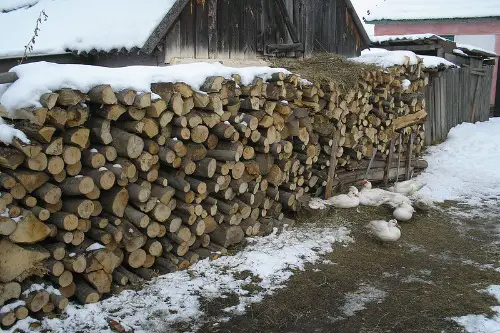
Stacked wood offers dark, damp, and warm crevices—exactly the kind of environment snakes and pests love. Rodents also tend to nest in these piles, which gives snakes an easy food source. Once one critter moves in, others tend to follow. That’s why woodpiles are such a magnet for all the wrong visitors.
If you must store wood, keep it elevated and at least 20 feet from your house. Turning the logs occasionally disturbs potential nests, making them less attractive. Covering piles with a tarp helps reduce moisture, another thing that draws in bugs and rodents. A tidy woodpile is a lot less tempting than a neglected one.
2. Ignoring Standing Water
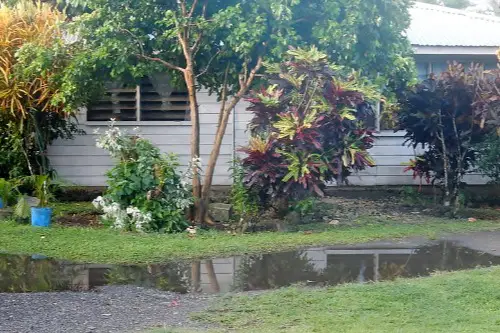
Mosquitoes breed in even the smallest puddles, and stagnant water attracts frogs and insects that snakes prey on. Old buckets, clogged gutters, or birdbaths quickly become breeding grounds. It doesn’t take much—a few days of sitting water can lead to hundreds of mosquitoes. That’s a pest problem that spirals fast.
Draining, dumping, or regularly refreshing water sources makes a huge difference. If you want a birdbath, choose one with a fountain feature to keep water moving. Checking outdoor containers after it rains helps prevent surprise infestations. In short, water should move or be gone.
3. Leaving Tall Grass Uncut
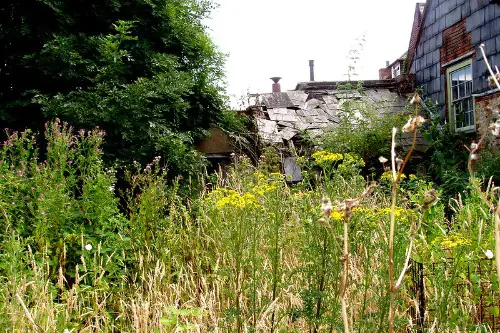
Snakes love tall grass because it gives them cover to hide and hunt without being easily spotted. Long blades create a perfect environment for small rodents and insects, which are a snake’s natural food source. This combination turns your lawn into a buffet with a built-in shelter. Even if you don’t see snakes right away, the conditions are inviting enough for them to stick around.
Keeping grass short reduces their hiding spots and makes your yard less appealing. It also makes it easier for you to spot any movement before things get out of hand. Regular mowing, especially around fences and garden edges, is one of the simplest ways to keep pests away. Think of it as making your backyard less comfortable for unwanted guests.
4. Leaving Pet Food Outdoors

Pet food attracts rodents, ants, raccoons, and even roaches. Once these pests settle in, snakes that feed on them aren’t far behind. Leftover kibble at night is like leaving a buffet open in your yard. And the longer it sits out, the bigger the invitation becomes.
Feeding pets inside or picking up bowls right after mealtime makes a big difference. Airtight storage containers also keep pests from sniffing out the food. If feeding outdoors is necessary, do it during daylight hours and clean up immediately. That way, you’re not rolling out a welcome mat every evening.
5. Forgetting to Seal Trash Bins
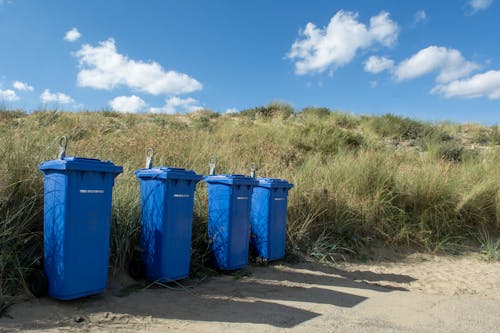
Unsealed trash is irresistible to pests like rats, raccoons, and insects. Once rodents discover the free meals, snakes soon follow. Overflowing or broken bins make things even worse by spreading food smells further. It’s a cycle that begins with garbage and ends with unwanted wildlife.
Investing in a sturdy trash can with a tight-fitting lid pays off quickly. Cleaning the bin occasionally with a mild bleach solution helps cut down lingering odors. Try to keep garbage areas well-lit too, since many pests prefer the dark. A little prevention keeps your trash from becoming the neighborhood’s pest hotspot.
6. Letting Compost Go Unmanaged
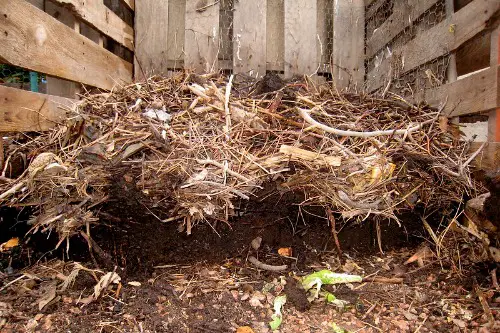
A healthy compost pile is fine, but an unmanaged one becomes a feast for pests. Food scraps left uncovered draw rodents and insects in droves. Snakes then show up for the rodents, completing the chain reaction. It doesn’t take long for this cycle to turn a “green” project into a problem.
To compost safely, balance food waste with brown matter like leaves and grass. Cover fresh scraps with soil or dry leaves right away. Enclosed compost bins are another good option for reducing access. Proper maintenance keeps your pile working for you, not against you.
7. Skipping Yard Clutter Cleanup
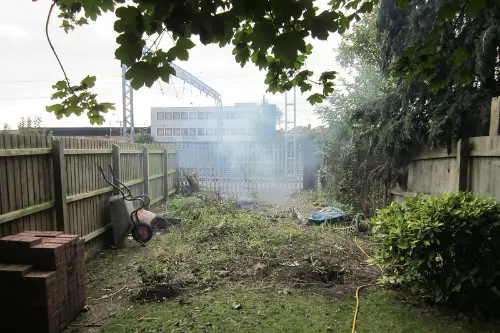
Old tires, tarps, toys, and unused garden pots create excellent hiding spots. Snakes, spiders, and rodents love tucking themselves away in clutter. The more hidden corners your yard has, the harder it is to monitor. Before long, your backyard feels more like a storage unit for pests.
Clearing away unused items regularly removes their shelter. If something must stay outside, try elevating it or storing it neatly. Periodic cleanups not only make your yard look nicer, but they also make it less attractive to wildlife. Less clutter means fewer places for trouble to hide.
8. Not Controlling Bird Seed Spills
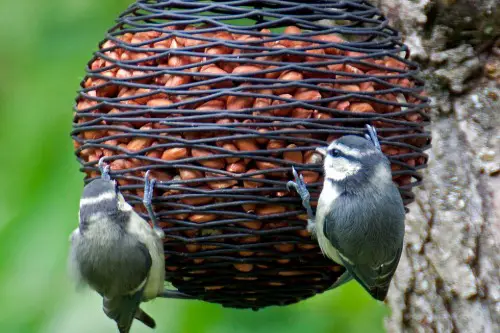
Bird feeders may bring pretty visitors, but the seed that falls attracts rodents. Mice and rats quickly figure out that the ground under feeders is an easy snack spot. Snakes notice the increase in rodent activity and move in to take advantage. A charming feeder can become a pest pipeline without proper upkeep.
Using a seed-catching tray helps limit waste. Regularly sweeping up fallen seed also keeps rodents from getting comfortable. If pests become a recurring problem, consider moving feeders farther from the house. You still get the joy of birdwatching without the pest parade.
9. Overwatering the Lawn
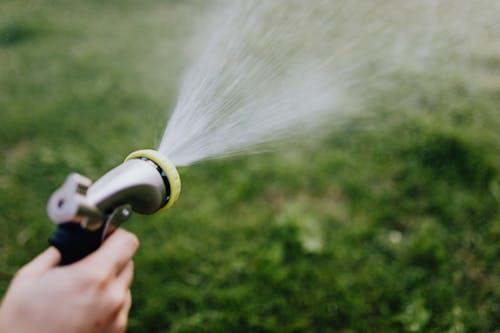
Excess moisture brings worms, slugs, and insects to the surface. These in turn attract frogs, toads, and rodents—perfect prey for snakes. Overly damp areas can also create fungal growth, which attracts more bugs. It’s a ripple effect that starts with water and ends with pests.
Watering deeply but less often is healthier for grass and less inviting for critters. Early morning watering allows soil to dry out during the day. Fixing leaks in sprinklers or hoses prevents soggy patches from forming. A balanced lawn is both healthier and less of a magnet.
10. Allowing Brush Piles to Accumulate
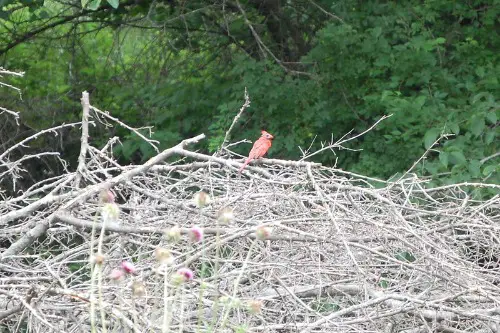
Brush piles are like natural forts for snakes and rodents. They’re warm, hidden, and full of insects for food. Even a small pile of leaves or branches can harbor pests if left untouched. It’s an easy mistake after yard work, but it creates long-term problems.
Disposing of brush quickly keeps your yard open and uninviting. Composting leaves properly or bagging them for pickup is safer. If you need to store branches temporarily, keep them away from living areas. The less cover, the less chance of surprise visitors.
11. Ignoring Cracks and Gaps in Structures
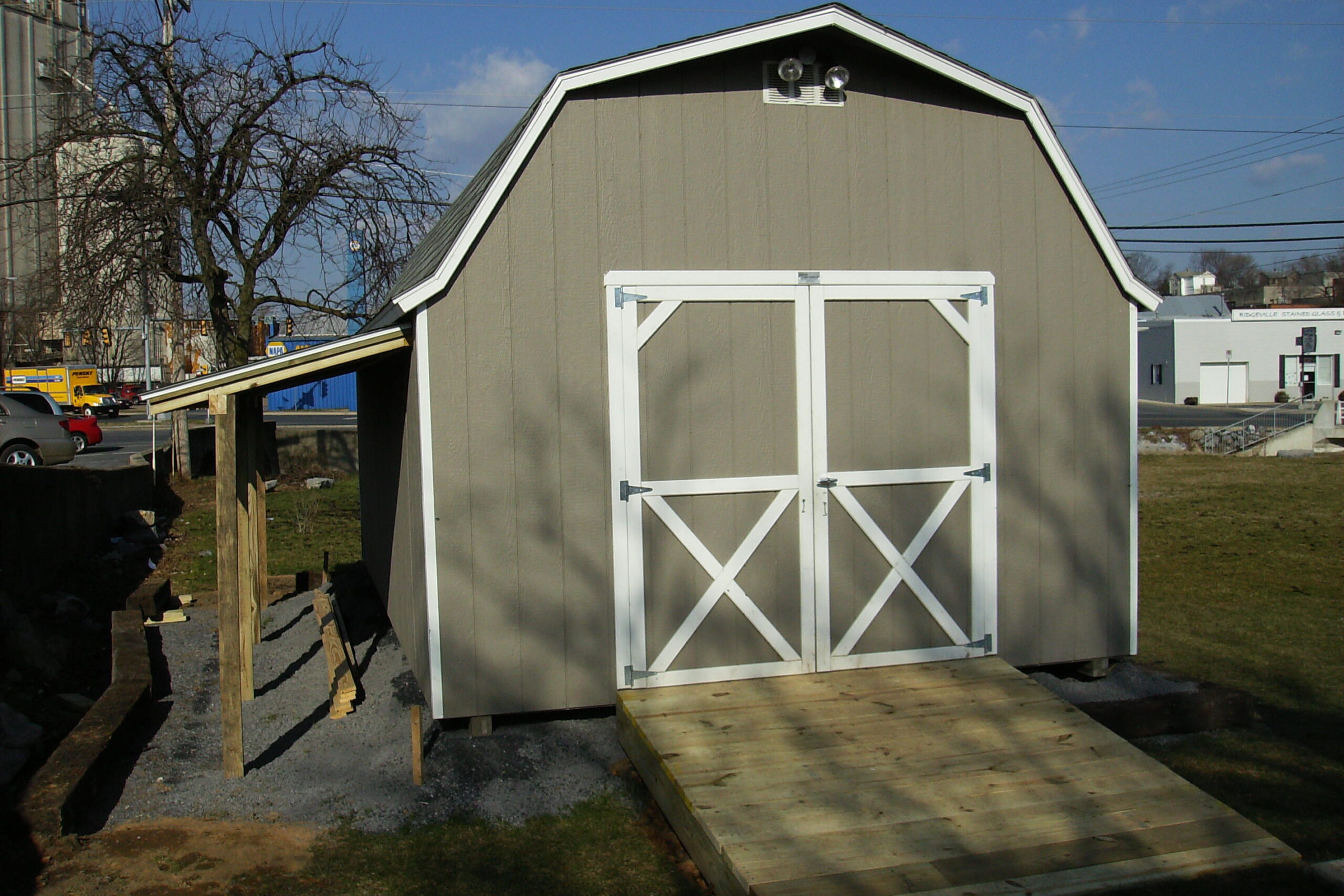
Snakes and pests don’t just stay in the yard—they’ll move into sheds, decks, and even basements if they can. Gaps in siding, vents, or foundation cracks act as open doors. Rodents slip in first, then snakes come searching for them. Once they’re in, removal is much harder than prevention.
A seasonal inspection makes a big difference. Seal gaps with caulk or mesh, especially around utility lines. Installing door sweeps keeps smaller critters from sneaking inside. A sealed home and shed cut down the chances of sharing space with unwanted guests.
12. Planting Dense Ground Cover Near the House
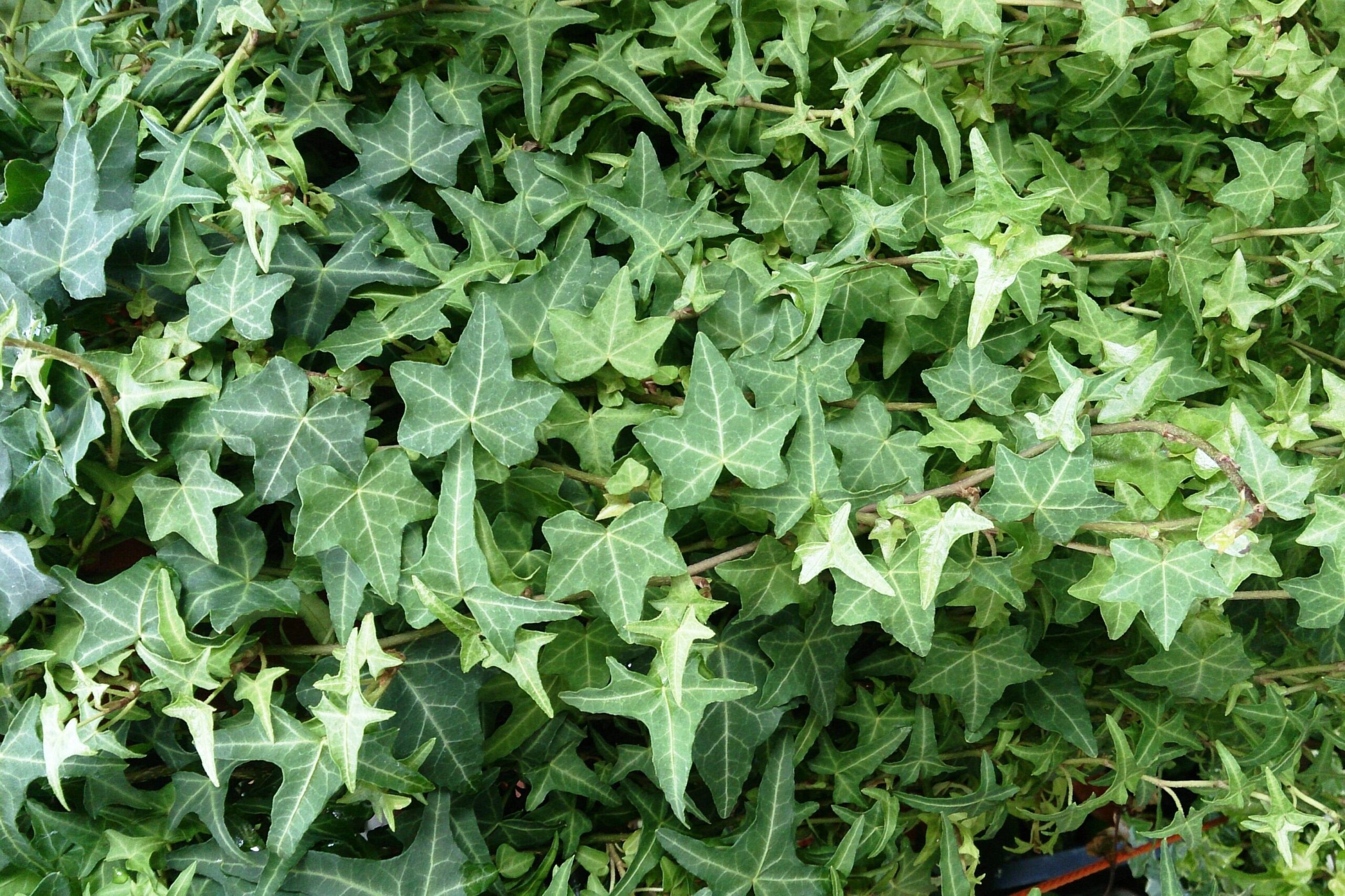
Thick ivy, juniper, and other dense ground covers provide shade, moisture, and hiding spots. Snakes especially like staying near these plants because they’re cool and protected. Rodents also burrow underneath, making the area doubly attractive. Having this right against your house increases the risk of close encounters.
Choosing plants that don’t grow into dense mats can help. Keeping shrubs trimmed and leaving some space between plantings and your walls adds extra protection. Mulch can be used instead of ground cover to reduce hiding spots. Thoughtful landscaping makes your home less appealing to slithery neighbors.
This post 12 Backyard Mistakes That Instantly Attract Snakes and Pests was first published on Greenhouse Black.
